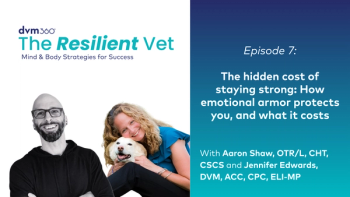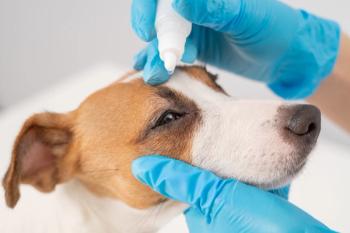
- October 2017
- Volume 1
- Issue 4
A Profession in Crisis
Suicide affects all walks of life. It happens every day in every corner of the country. The causes are myriad, and the results are devastating.
The numbers are staggering. According to the American Foundation for Suicide Prevention, 121 people commit suicide every day in the United States. The Centers for Disease Control and Prevention notes that suicide claimed the lives of more than 44,000 Americans in 2015 — more than twice the national homicide rate. Suicide was the second leading cause of death among 14- to 34-year-olds, the fourth leading cause among 35- to 44-year-olds, and the fifth leading cause among 45- to 54-year-olds.
Suicide affects all walks of life. It happens every day in every corner of the country. The causes are myriad, and the results are devastating. Family and friends facing this unimaginable loss are left feeling overwhelming sadness, anger, rejection, confusion and guilt.
Although the exact reasons remain unclear, the veterinary profession has seen an increasing number of suicides in recent years. Among the cited reasons is occupational stress, which often leads to prolonged psychological and moral distress. Veterinarians, who operate in a profession that accepts euthanasia as a way to end suffering, have easy access to lethal drugs. In addition, cultural issues within the profession — including perfectionism, the fear of being judged as inadequate, and the stigma of perceived failure — make it difficult for many veterinarians to admit there is a problem, to seek help, and to talk about the issue.
But that is changing. The conversation has begun, and we’re joining in this month with two important articles on the subject. In our cover feature, Dr. Tad Coles, who himself overcame significant mental health issues,
To move forward as a profession, veterinarians must stop suffering in silence and realize that sometimes you just can’t do it alone. We hope that the information we provide this month spurs the conversation onward. Help is available. Be there for each other. If a coworker seems to be suffering, reach out. The more we talk, and the more we look out for one another, the quicker the profession can return to a place of passion.
Mike Hennessy Sr.
Chairman and CEO
Articles in this issue
about 8 years ago
Best in Show: Why Practice Valuation Is Smart Businessabout 8 years ago
Compassion Fatigue and Burnout: History, Definitions and Assessmentabout 8 years ago
Confidence Killersabout 8 years ago
How to Become a Millionaireabout 8 years ago
Getting to the Root of Client Complaintsabout 8 years ago
Why - and How - You Should Engage With Millennialsabout 8 years ago
VetPartners Mid-Year Meeting: Stepping Up Our Gameabout 8 years ago
Modern-Day Plague: Understanding the Scope of Veterinary Suicideabout 8 years ago
Why Your Practice Needs a Websiteabout 8 years ago
Advice Unleashed (October 2017)Newsletter
From exam room tips to practice management insights, get trusted veterinary news delivered straight to your inbox—subscribe to dvm360.




